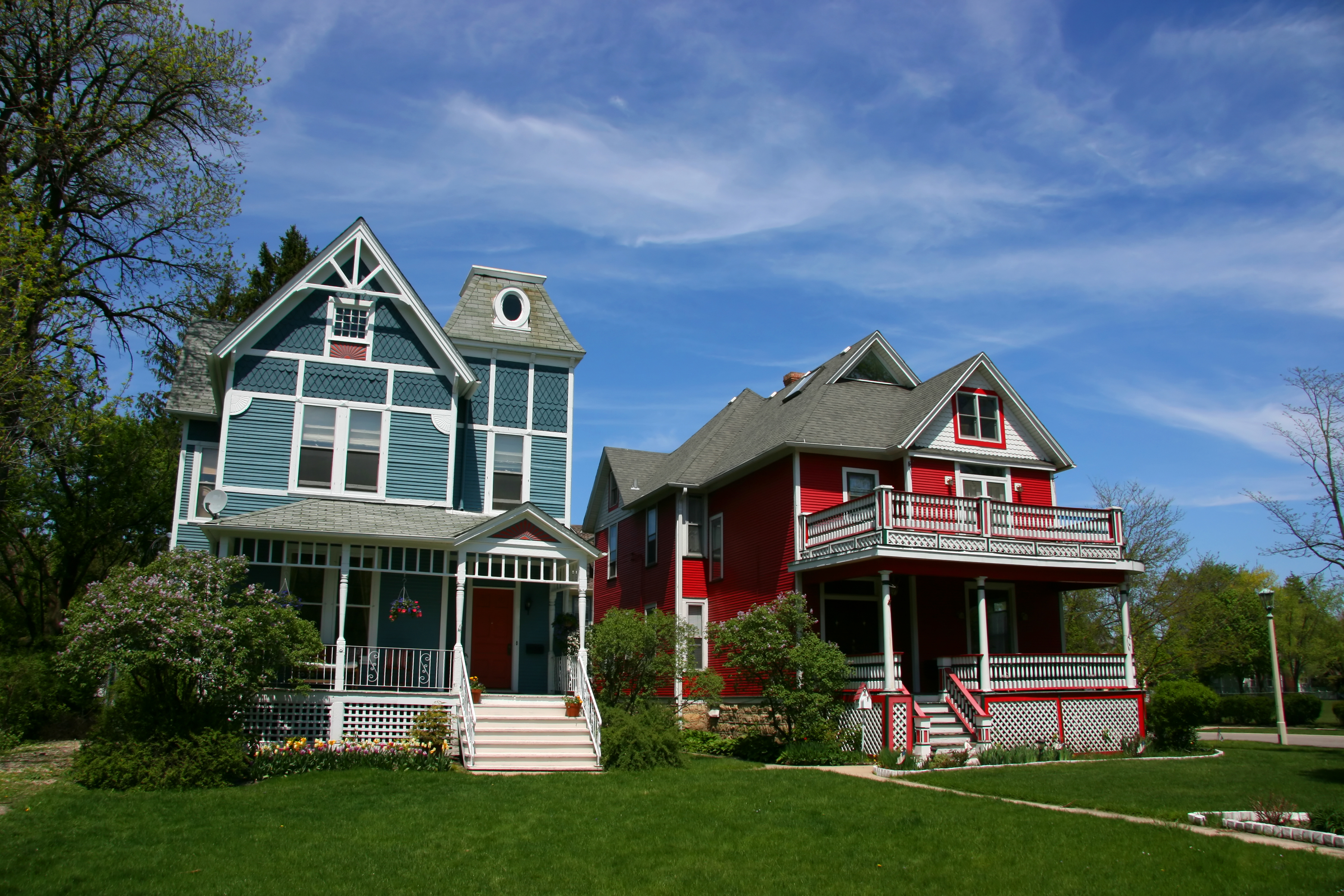Last week, Megan Saul had an epiphany.
After living under lockdown in a small Logan Square apartment for six weeks, she decided she wanted out of Chicago for good.
“This [pandemic] pushed me over the edge to say, ‘OK, I can’t take this anymore,’” says the 31-year-old wedding photographer, who's making plans to move with her boyfriend to the western suburbs or the outskirts of Asheville, N.C., to be closer to family.
“We don’t know when this pandemic is going to end or if it could happen again, and I just don’t feel safe here,” she says. “In the suburbs, I could have more flexibility and less density. Plus, I want to be able to walk in the woods or plant a garden.”
As COVID-19 upends life in dense metropolises, many city dwellers are feeling cabin fever both inside and outside of the home. Nearly 40 percent of adults living in urban areas are considering moving "out of populated areas and toward rural areas," according to a recent Harris Poll, with 43 percent having actively browsed for homes or apartments outside the city online.
It's too early to tell whether COVID-19 could spur a true urban exodus, but some experts believe the movement is inevitable. Joel Kotkin, a fellow in urban futures at Chapman University, says there's already been a trickle of residents from big cities to nearby suburbs in the past five years. That includes Chicago, which lost residents for the fourth year in a row in 2018 according to Census estimates — the greatest total decline in population after New York City and Baltimore that year.
“What I believe is that the coronavirus will accelerate this trend, because when you go to the roots of these pandemics, a lot of it is very, very dense urbanization,” says Kotkin. “I think those who say we should have more density and more people in transit and shove more people into more and more crowded workspaces — what planet are these people living on?”
Further, Kotkin predicts that the droves of white-collar employees now working from home will become a permanent fixture life after COVID-19, transforming the calculus for city living. “If you work at home, then your options for where you live begin to change,” says Kotkin. “If you only go into the office once a week, living by the lake in Indiana or Wisconsin isn’t as big of a problem than if you had to go in every day.”
But blaming density alone for the spread of COVID-19 in cities is an oversimplification, says Yonah Freemark, a doctoral candidate in urban studies at M.I.T. and founder of the blog The Transport Politic. In fact, he says, the data show that within cities, COVID-19 has spread most rapidly in low-density black and Latino neighborhoods, by people living in the same household or in close proximity to one another.
“The reality is that we need to reduce the concentration of people, not the density of households and buildings,” says Freemark. “The [pandemic] only reaffirms the fact that we need to make sure we have adequate, affordable housing.”
He adds that many residents don’t want to to be isolated from others — dangerous viruses or not.
"The fundamentals of the city are still strong. We just need to make sure that we can get out of this situation safely."
There's an in-between option, too. Andre Brumfield, head of cities and urban design at the architecture firm Gensler and a member of Chicago’s Plan Commission, believes some Chicagoans will migrate to “second-tier” Midwestern cities like Milwaukee and Indianapolis rather than the suburbs. But the reason, he says, is for cheaper housing or new job opportunities, not the threat of another pandemic.
On a broader scale, Brumfield warns against the hype about the death of cities — particularly Chicago.
"People have been predicting the death of Chicago for the past 40 years,” he says. “It didn't happen. Chicago is a very resilient city."
Still, Brumfield concedes there's room to rethink Chicago's public sphere. "There's a way to deal with density that allows people to be outside [in the same city] where they can shelter in place. We need to provide spaces, both public and private, that allow people their moments of refuge in proximity to where they live — whether it's in the building or on a rooftop or parking garage. I think balconies should be more highly valued."
Fewer shared elevator buttons and door handles wouldn't hurt, either.
"This is forcing us to think differently about areas of high impact or high touch, so people can be happy moving back and forth in those spaces. We're at a critical moment where we need to start making the right decisions that are really going to determine a better outcome for our city as a whole."



